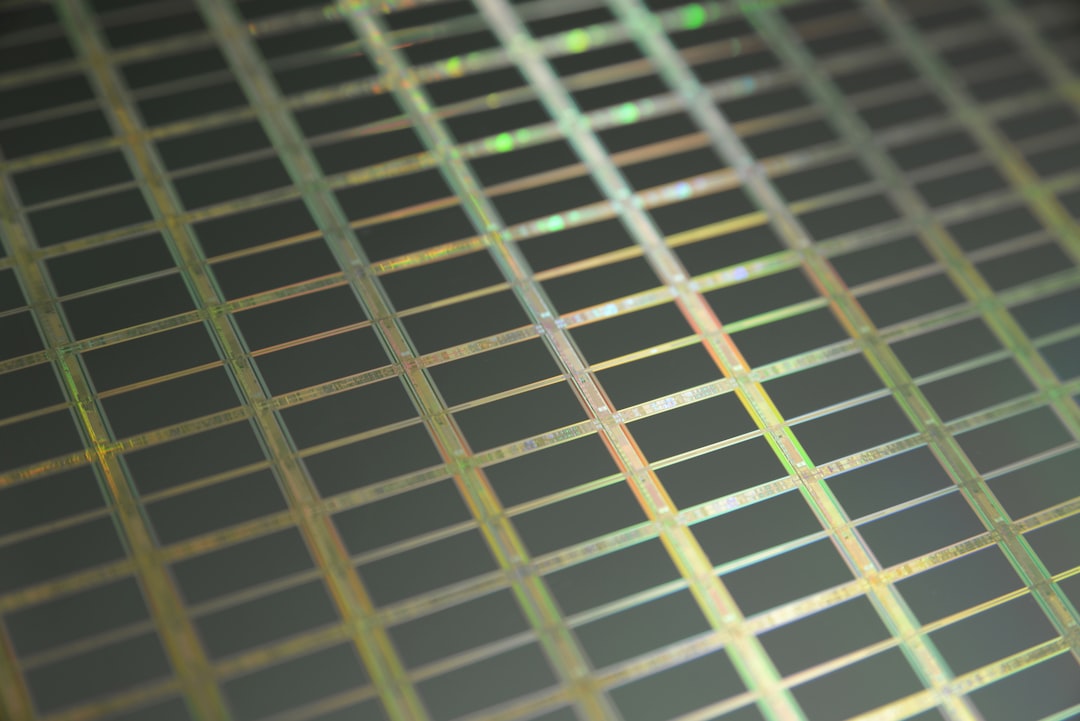What is it about?
Monolithic silica aerogels of large sizes are difficult to synthesize and manipulate. Granular form is the easiest way of conditioning them. One of the most promising applications is probably thermal superinsulation applied to the building sector. To understand and quantify thermal conduction in granular silica aerogels, numerical simulations are necessary. Our method is based on two steps: determining properties of monoliths at the nanopore scale and applying them to macroscopic grain packings. The two-dimensional heat diffusion equation is applied to periodic fractal patterns representing an ideal nanoporous medium made of two phases (silica and air) in order to infer macroscopic effective properties of monolithic silica aerogels. The same equation is then applied to granular aerogels. Grains are represented by regular cubic or hexagonal packings of spheres. The thermal contact resistance between grains is taken into account in an original analytical way.
Featured Image
Read the Original
This page is a summary of: Modeling of thermal conduction in granular silica aerogels, Journal of Sol-Gel Science and Technology, May 2008, Springer Science + Business Media,
DOI: 10.1007/s10971-008-1759-3.
You can read the full text:
Contributors
The following have contributed to this page










